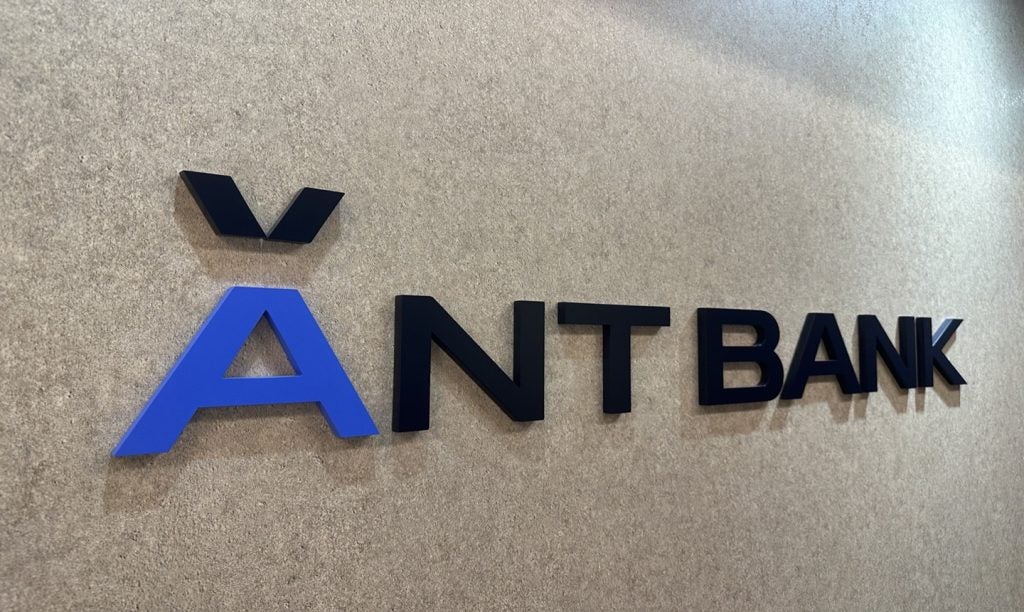Singapore-based lender United Overseas Bank (UOB) and Tookitaki have enhanced the latter’s Anti-Money Laundering Suite (AMLS) to tackle the growing threat of AML activities.
Under the partnership, both the entities enhanced Tookitaki’s AMLS with multiple machine learning features to carry out in-depth analyses with greater accuracy and mitigate any potential threat.
The upgraded Anti-Money Laundering Suite is also expected to bolster the bank’s existing AML systems and help in identifying high-risk individuals and companies or any other associated suspicious activities.
UOB head of Group Compliance Victor Ngo said: “The area of AML requires constant vigilance and continual enhancement to ensure that we stay on top of preventive, detective and enforcement measures.
“The use of RegTech such as Tookitaki’s AMLS enables us to augment our ability to identify actionable alerts and to minimise false positives. These sharpen the accuracy and effectiveness of our AML risk management.”
Under a pilot project, the solution has been applied in name screening and transaction monitoring processes of the AML framework.

US Tariffs are shifting - will you react or anticipate?
Don’t let policy changes catch you off guard. Stay proactive with real-time data and expert analysis.
By GlobalDataThe implementation of name screening enabled the UOB to detect high-risk individuals more accurately and their potential AML activities, while transaction monitoring reported suspicious transactions effectively than the earlier solution.
The bank noted that for name screening alerts, a drop of 60% and 50% in false positives was found for individual names and corporate names, respectively.
Transaction monitoring registered 5% increase in true positives and 40% reduction in false positives.
Commenting on the collaboration, Tookitaki founder and CEO Abhishek Chatterjee said: “Our vision is to help banks develop sustainable AML compliance programmes.
“As such, the three key pillars of Tookitaki AMLS are to provide actionable, scalable and auditable outputs to help banks manage the heavy volume of transactions and alerts.
“By finding the balance between adoption of the right technology and specialised human investigation, we can create an integrated and sustainable compliance framework for the future.”







